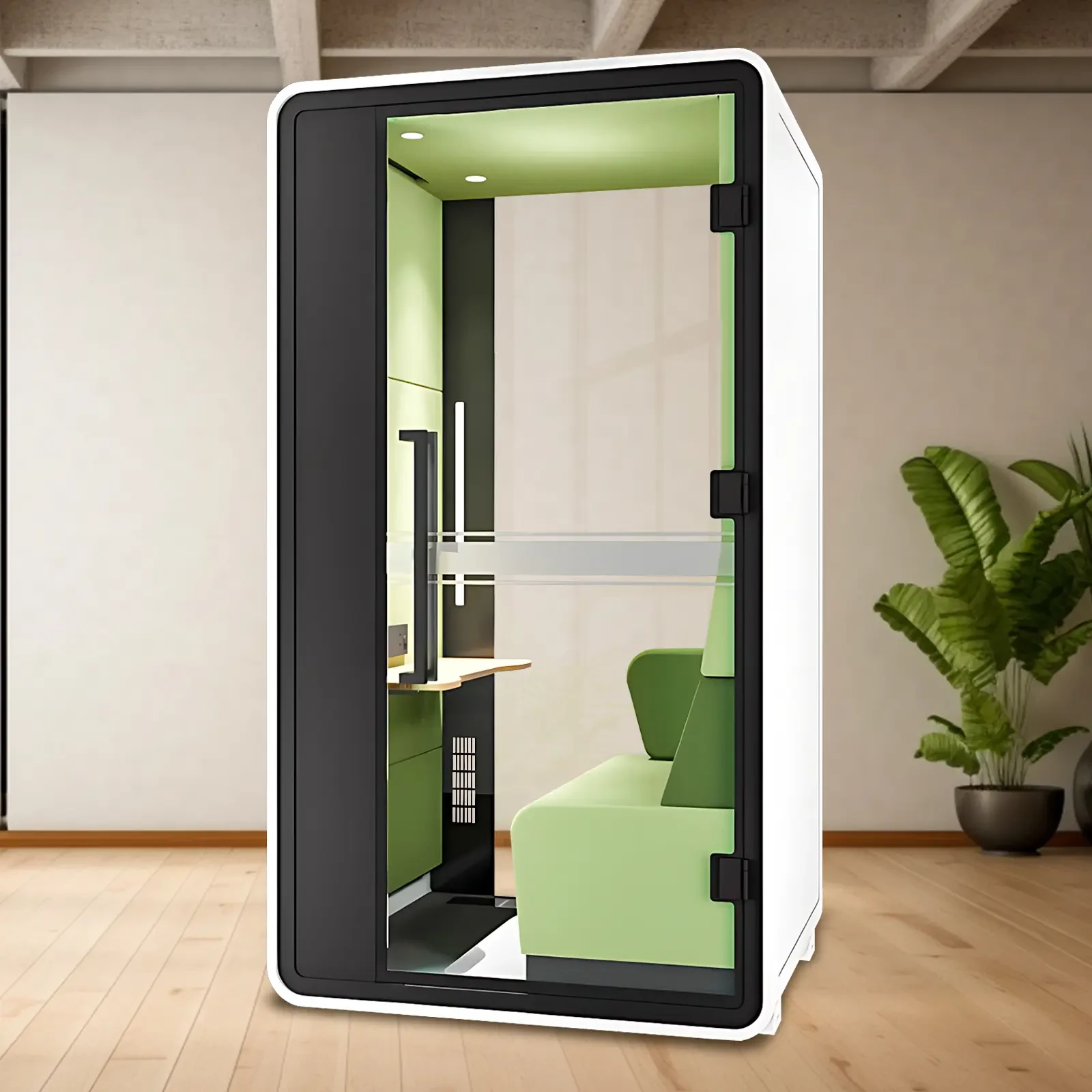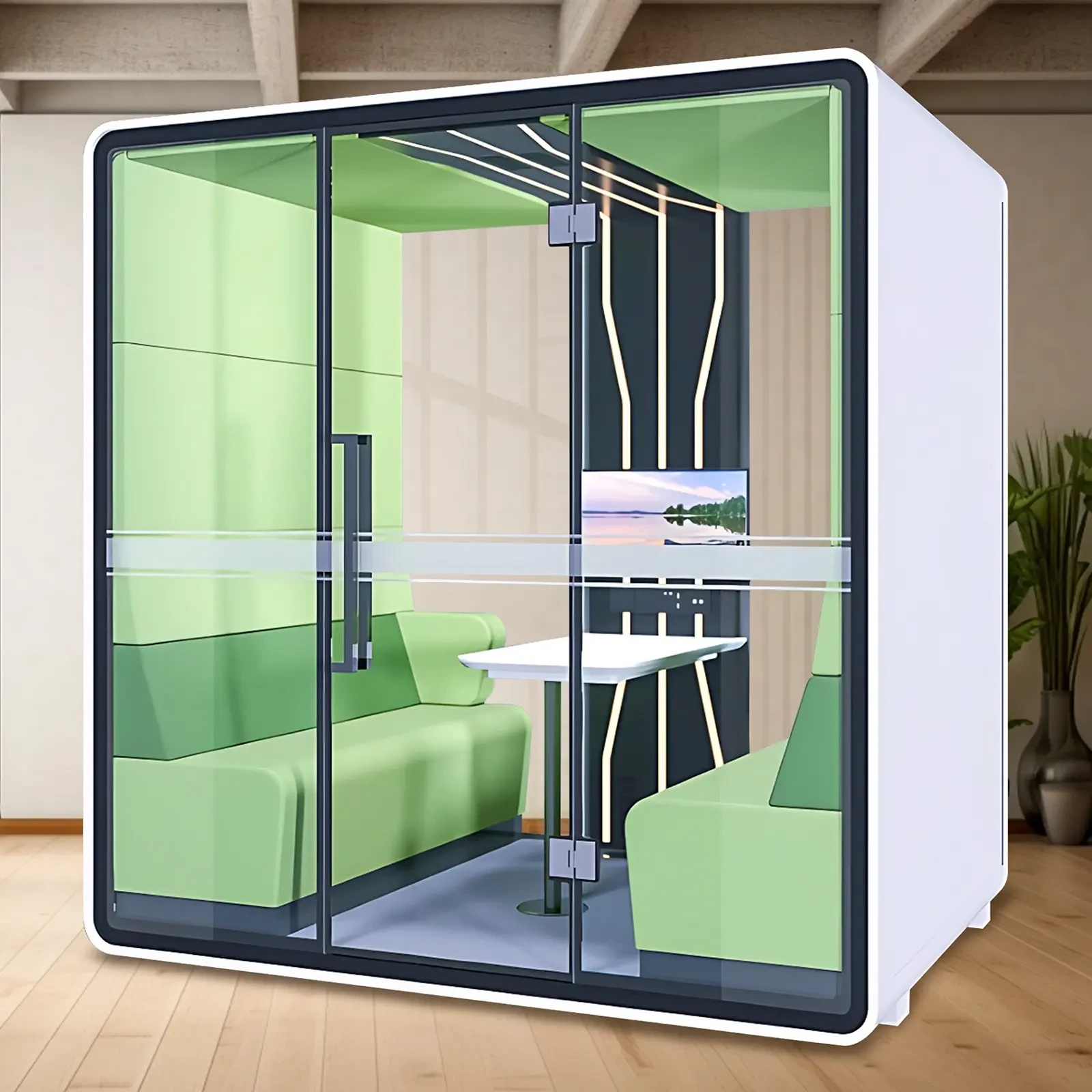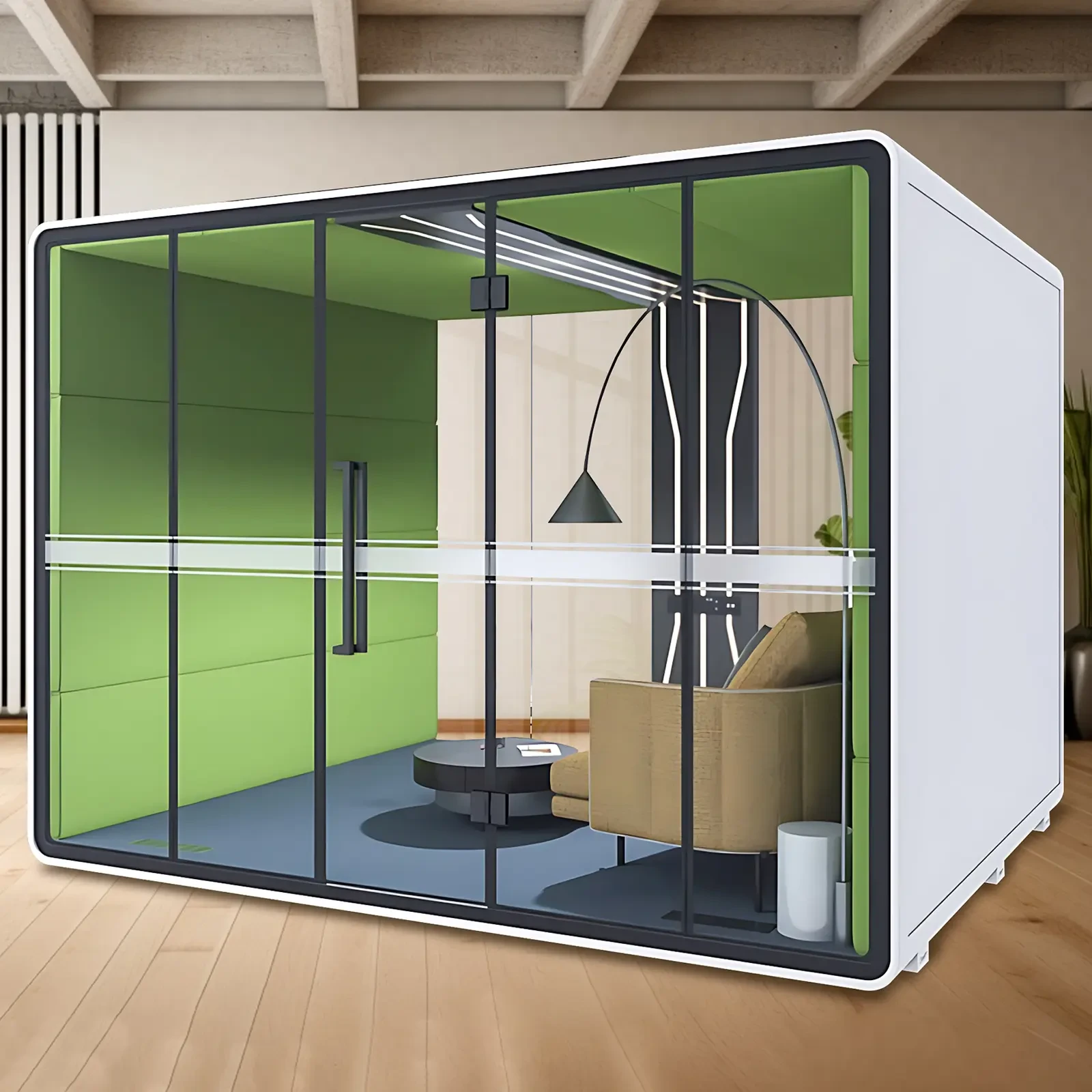The current working environments have changed drastically in the last few decades and have become more open to employees as opposed to the old cubicle layouts. Still, open-plan offices with enhanced focus on collaboration and communication have coincidentally become a breeding ground of continuous interruptions that majorly hamper employee productivity and mental health. Distractions in the workplace have emerged as one of the most significant problems in organizations today, and according to studies, contemporary employees are interrupted every three or five minutes during working time, which results not only in interrupted attention spans but also reduced overall efficiency.
The Psychological Cost of Interruption at the Workplace
The human brain performs optimally when it has continuous intervals of time to concentrate on intricate tasks, which puts it into a trance known as a flow-state, where creativity and problem-solving skills are in full blossom.
Still, the fact of the modern working environment dictates that achieving such a state is becoming more and more challenging as employees have to manoeuvre through a minefield of possible distractions.
When staff face distractions in the workplace, the phenomenon drastically goes way beyond the instant an employee is interrupted, as studies have shown that it can take an average of twenty-three minutes before an employee goes back to the same level of concentration that they were with before being distracted.
This mental burden mounts up during the day, forming a chain reaction in which the work efficiency reduces and the stress rates rise, and employees experience a feeling of constantly being under the gun and failing to do their valuable work, which they were hired to do.
Typical Leaders of Office Distractions
The modern workplace has become a tricky ecosystem of interruptions that can attack employees on many levels at the same time, which makes maintaining concentration almost unfeasible without some conscious actions and planning.
Auditory distractions are also frustrating, as they include all of the neighboring conversations and phone rings all the way up to the key clatter, the printer sounds and the overall type of ambient sound that may be present in the busy office environment, and studies have shown that even conversation it is not directed to an employee may ultimately lower their output by up to thirty to forty percent when dealing with cognitively challenging tasks.
Distractions in the workplace will translate to the online world too, where email messages, instant messaging applications, social media announcements, and calendar alerts bombard the mind to such a degree that being able to remain focused solely on doing a particular activity becomes incredibly hard to achieve during the workday.
Minimization of Workplace Disruption Strategies
This is because establishing a workplace that balances teamwork and at the same time requires individual working conditions takes into account not only the physical space composition but also the organizational culture enacting the policies and infrastructure, which must consider the needs in different types of work activity at different times of the day.
Having set quiet areas in the office gives the employees a comfort area where they can retire to so that they can get serious with their work without the worry of being distracted, and this sends the message to others that the organizational setting appreciates and safeguards its focus.
The Future of Productive Work Environments
The future is now in the hybrid conditions, which give more choices to workers to perform different kinds of work anywhere they wish to perform during the day, since the organization has recognized the huge costs involved in the continuous disruptions at the workplace.
Technology will remain a source of distraction, but will also introduce tools of even more effective management of attention by using smart notification systems, focus-enhancing apps, and data analytics that will make workers see their productivity patterns and make constructive decisions when and where to focus on various kinds of work.
Any organization that looks at attention as the treasure worth protecting and maximizing investment in physical infrastructure, cultural norms, and technology that sustain and do not stifle the capacity to engage in productive work that leads to business outcomes as well as personal fulfillment in equal degrees will be the most successful one.
The Blue Office Pod Booths - Aluminum Panel & Central Ventilation and Lighting are the groundbreaking solution to the working environment of the modern world in search of privacy and productivity. High-density sound insulation with a double layer of honeycomb aluminum (38mm) and featuring 30-40 decibel ambient noise reduction, these portable soundproof booths allow one to focus on work in an increasingly comfortable environment, make confidential phone calls, or meditate.
Recommendation
X-comfot deals with the severe problem of distractions in the workplace with the help of unique sound booths and meeting pod systems, which could provide employees with their own quiet places to work hard and have personal conversations. Our hard module designs also have an efficient soundproofing technology, in effect creating a quiet working environment in open office planning and providing the necessary ventilation and power supply to make the working environment long-term comfortable. Specially designed spaces enable companies to provide staff with the choice of retiring to peaceful, regulated spaces when highly focused work is needed, and still retain the advantages of open plan layouts in collaboration.

 USD
USD
 GBP
GBP
 EUR
EUR






